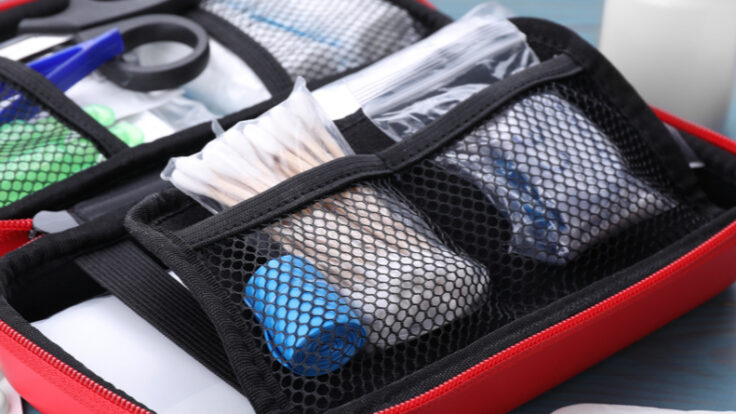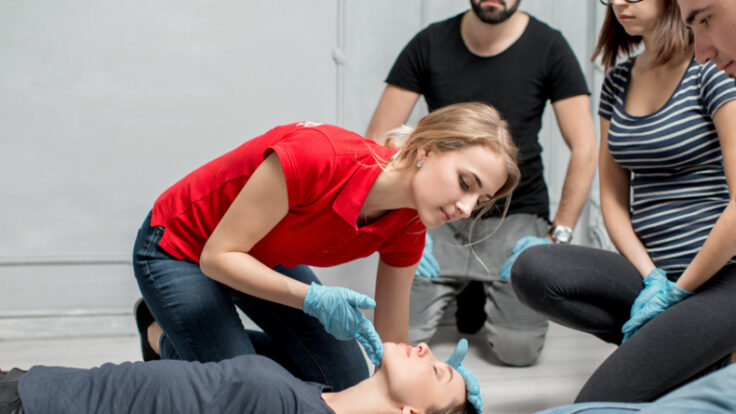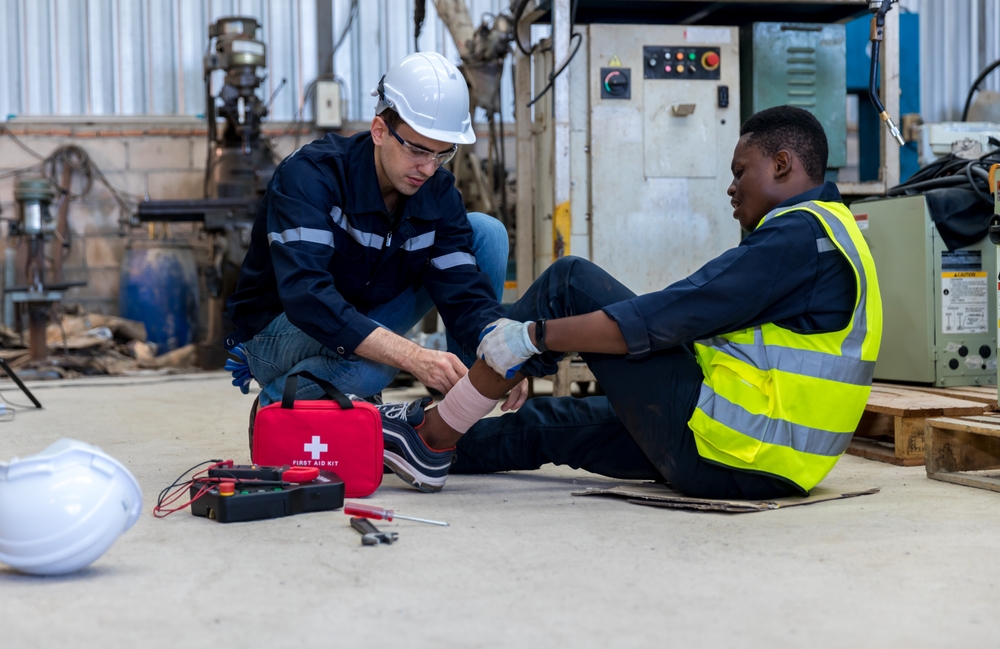of Safety
Do you know what to do if a first aid incident happens in your workplace? Do you know who to notify? Do you know how what information is required by your health and safety policy when reporting a first aid incident?
Knowing how to properly assess and respond to incidents requiring first aid—whether serious or minor—is important step in helping ensure that people are safe. First aid training and intervention can prevent workers from being further injured or impacted by potential long-term negative outcomes, and it can save lives.
We all have specific roles in ensuring workers receive appropriate first aid in the workplace. By ensuring that there are adequately and appropriately trained individuals available to respond to workplace incidences, we can prepare effectively respond and provide care to colleagues and visitors in distress.
At its April 2023 meeting, WorkSafeBC’s Board of Directors approved amendments to the Occupational Health and Safety Regulation. The amendments will become effective on November 1, 2024.
Preparing for the New WorkSafeBC First Aid Regulations





